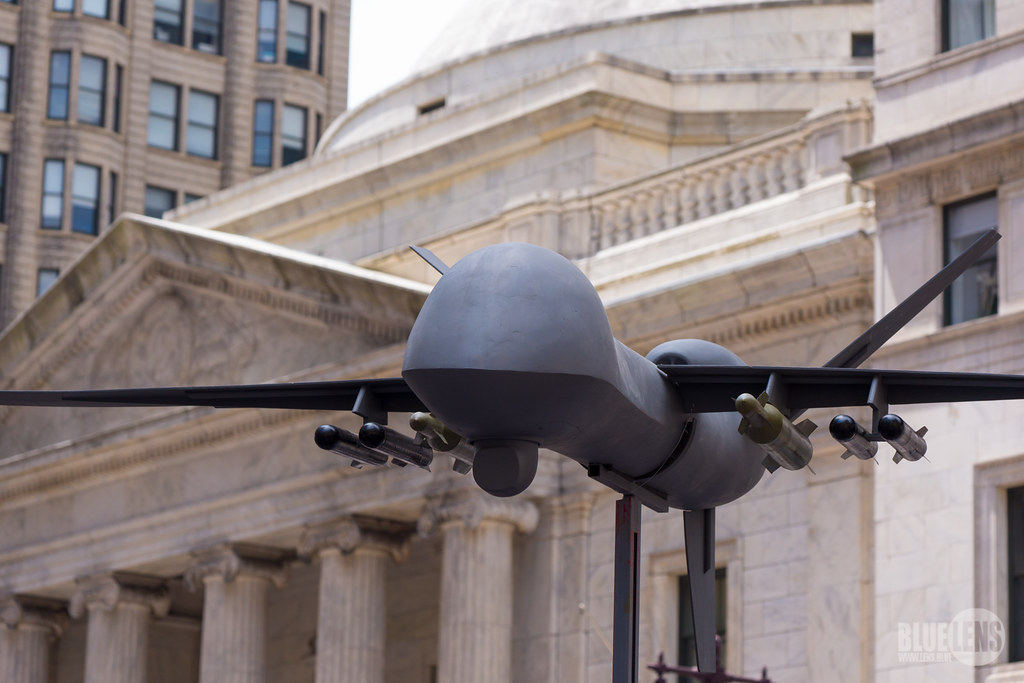
With the shadow of drone warfare looming over modern conflicts, the U.S. Army is taking decisive steps to incorporate vital lessons from the Ukraine conflict into the development and strategic deployment of its armored vehicles.
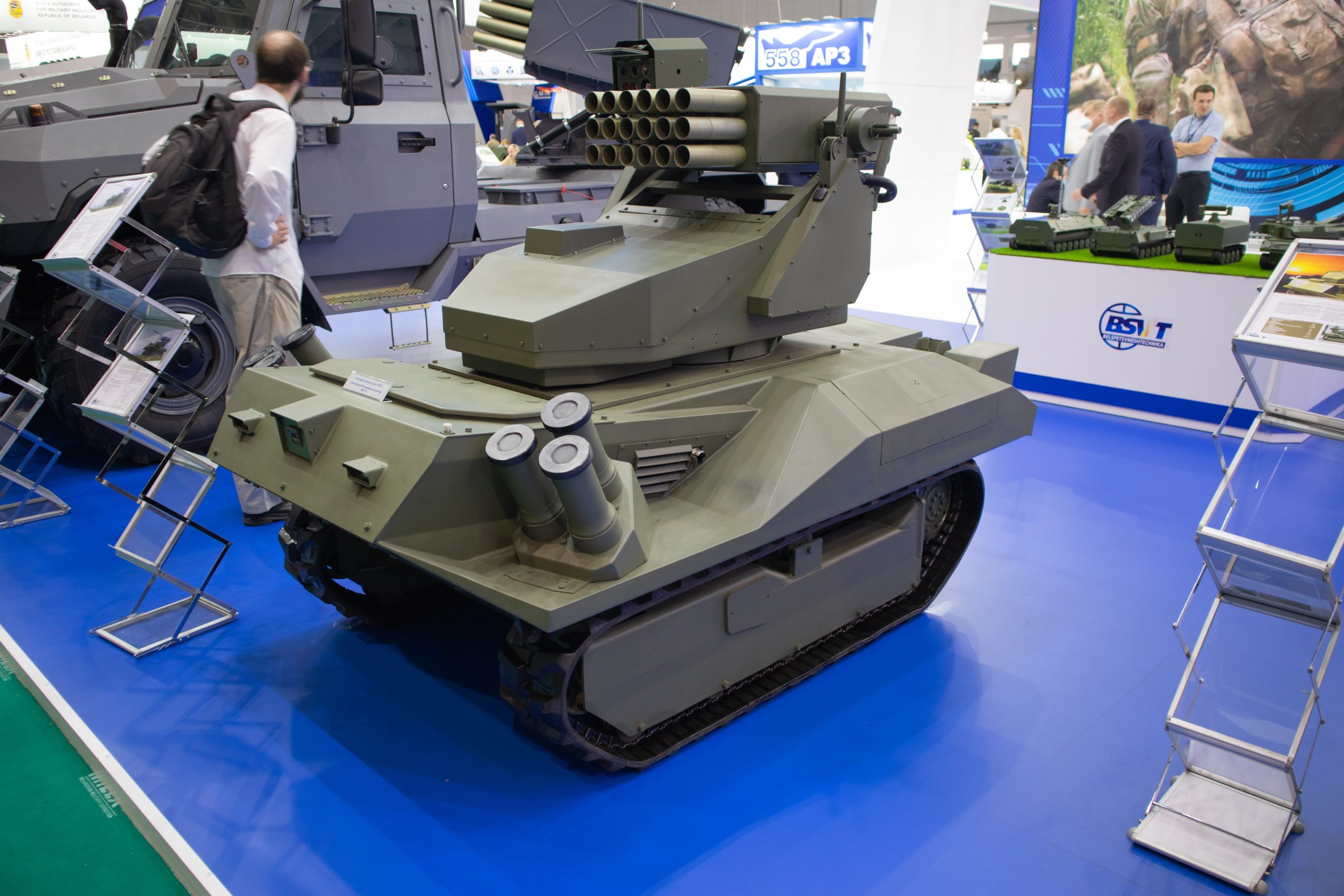
As the battlefield evolves, so does the need to balance firepower, protection, and mobility in response to emerging threats from above.
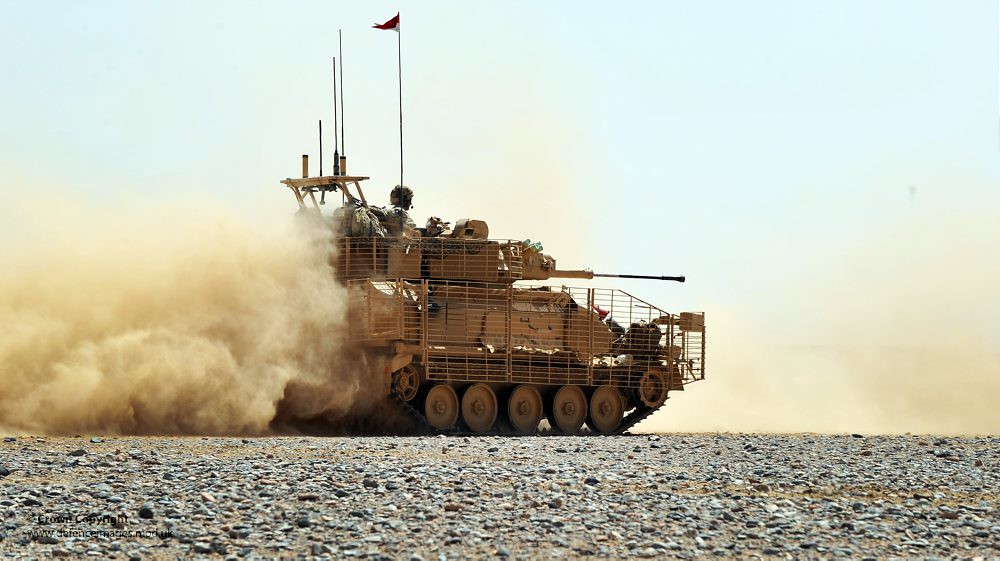
The Ukrainian battlefield, scattered with the remnants of armored combat vehicles targeted by low-cost drones, has become a stark reminder of the changing nature of ground warfare.

The U.S. Army, keen on avoiding a similar fate for its own forces, is now rapidly adjusting its tactics and technology to counter the pervasive threat of drones and other top-attack munitions.

Brig. Gen. Geoffrey Norman, at the helm of the Next-Generation Combat Vehicle Cross Functional Team, emphasized the urgency of adapting to this new reality.
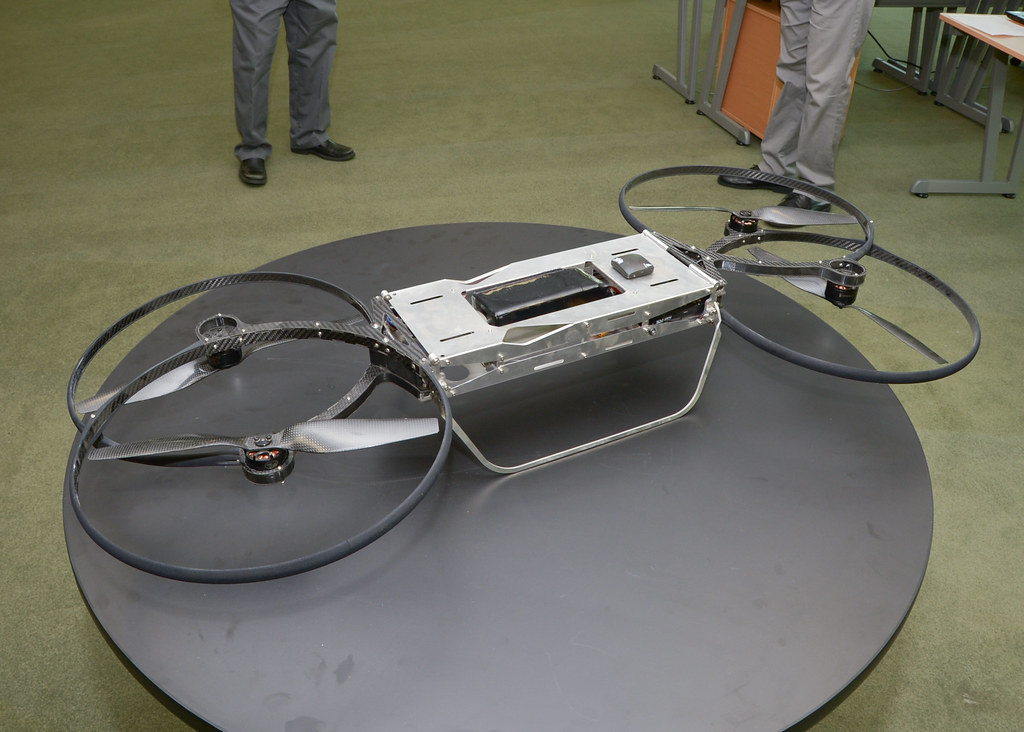
In his words, FPV drones are now a “real problem” for all combat vehicles, with the presence of such aerial threats necessitating a significant shift in the Army’s approach to ground vehicle survivability.

The acquisition of battlefield insights from Ukrainian tank crews and the implementation of new countermeasures indicate a strategic pivot.
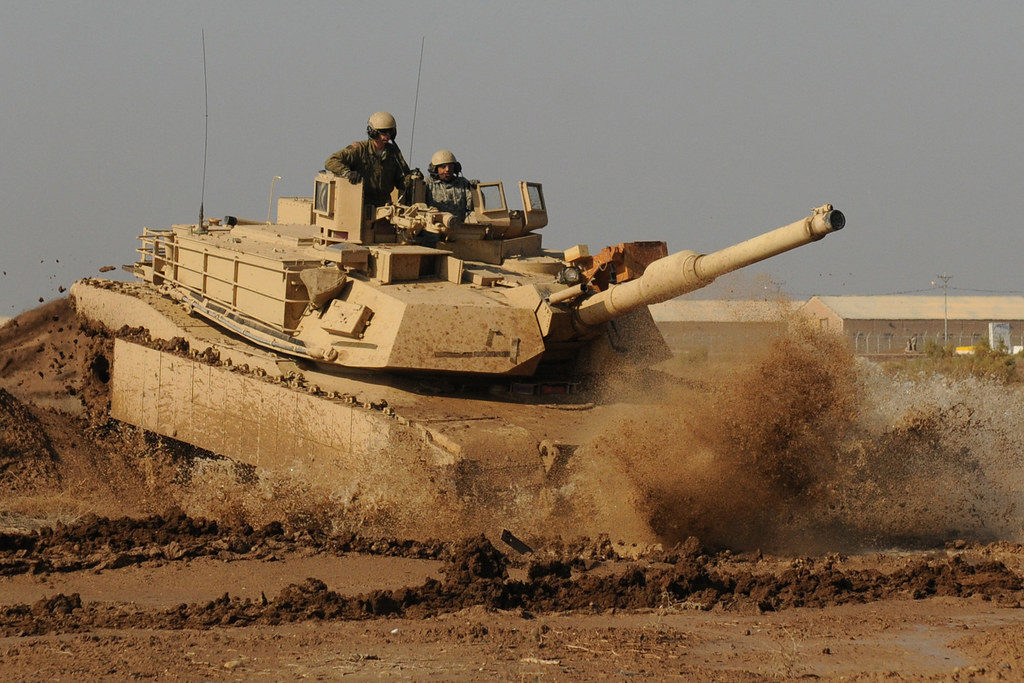
The Army is incorporating hard-kill and soft-kill active protection systems, laser dazzlers, and electronic warfare options into its future Abrams tank variant and the Bradley Fighting Vehicle replacement to safeguard against aerial threats, as stated by Norman.

Notably, the necessity of this evolution was tragically underlined by the recent sidelining of U.S. Abrams M1A1 battle tanks in Ukraine.
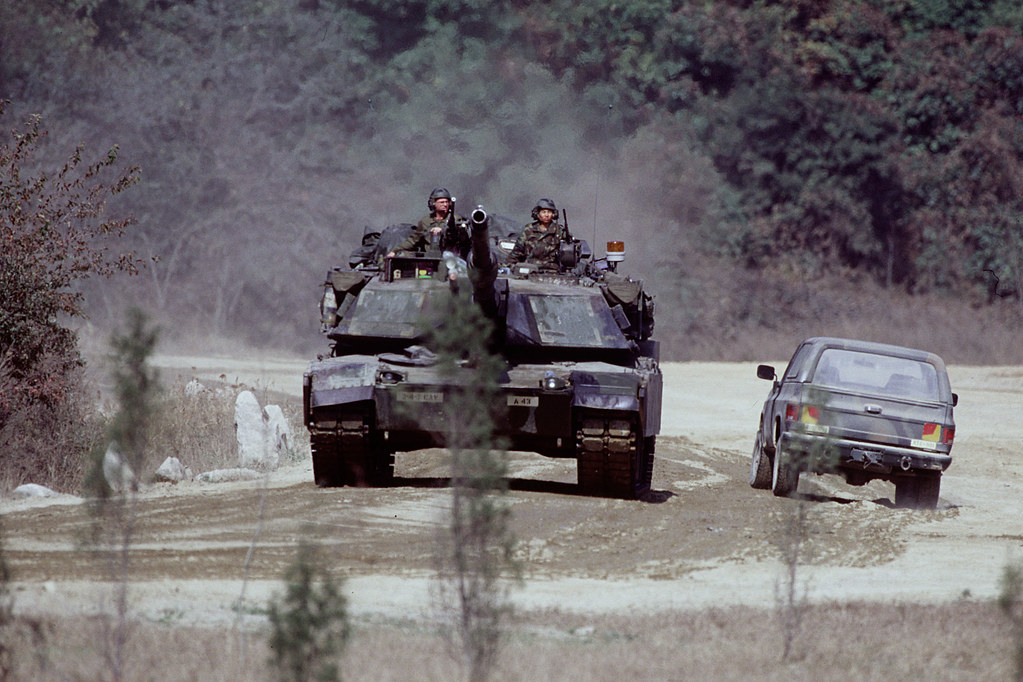
These tanks, which cost about $10 million each, were initially hailed as a game-changer for Ukraine’s military.

However, the pervasive use of drones rendered them vulnerable, resulting in five of the 31 tanks being lost to Russian attacks.
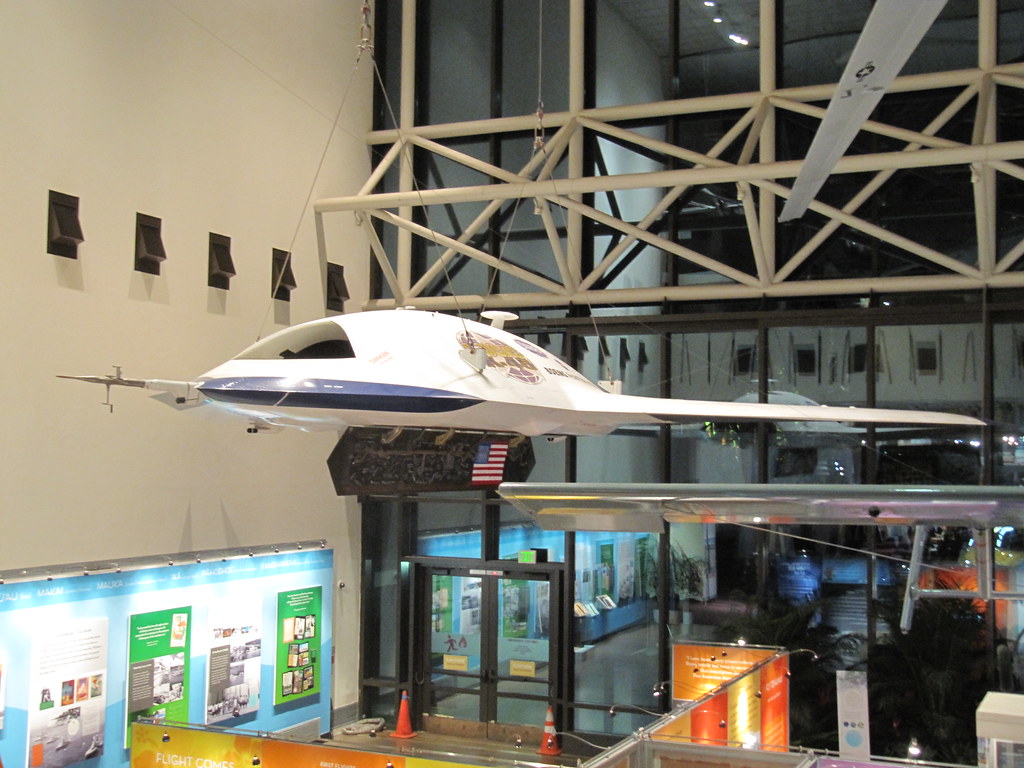
This vulnerability has prompted a reassessment of tactics, with tanks being moved from the front lines while the U.S. collaborates with Ukrainian forces to devise new methods of employing armor in a drone-saturated environment.
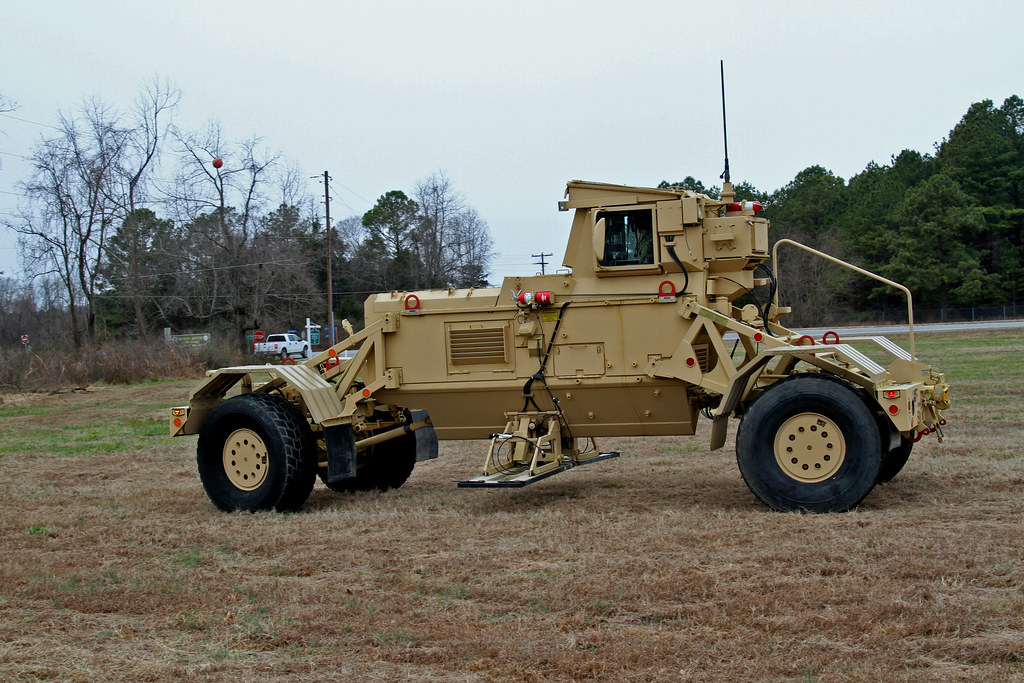
As the Army endeavors to balance the pressing demands of modern combat with the inevitable lead time required to field new technologies, it simultaneously looks to integrate robotic vehicles to serve as wingmen for crewed platforms.
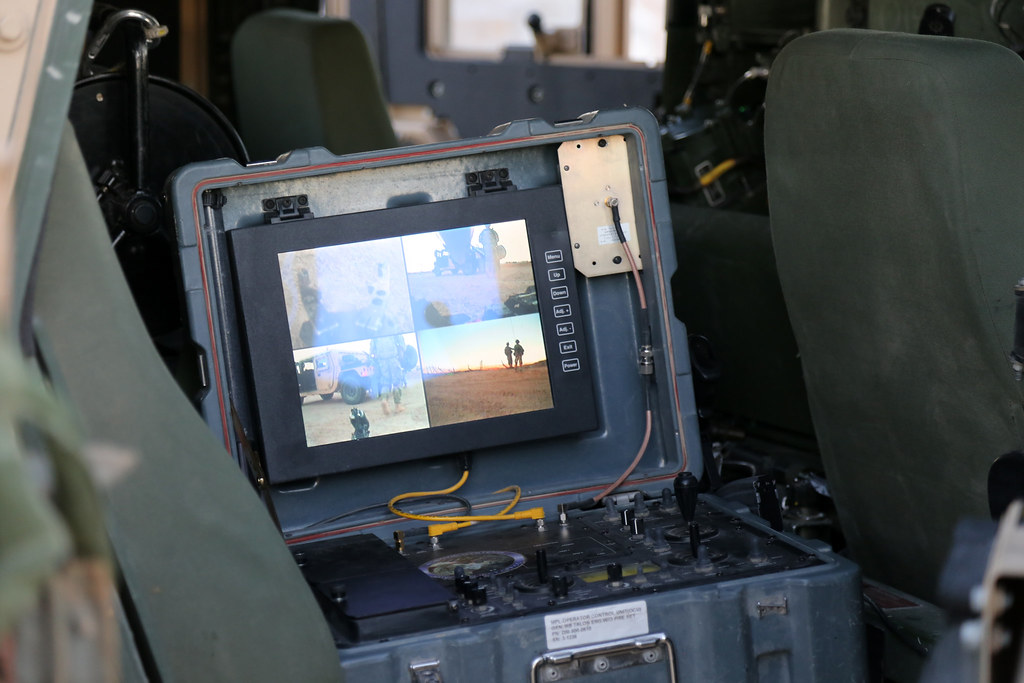
These Robotic Combat Vehicles (RCV-L) are envisioned to act as scouts or escorts, further extending the capabilities of ground forces.

Related image you might interested
Relevant articles:
– Inside the US Army’s race to apply Ukraine lessons to future Abrams, Bradley replacement, Breaking Defense
– Big moves ahead on light tank, Bradley replacement and robot vehicles, armytimes.com
– Lessons from the Modern Battlefield: Deliver Ready Combat Formations, Army.mil
– Ukraine pulls US-provided Abrams tanks from the front lines over Russian drone threats, AP News

